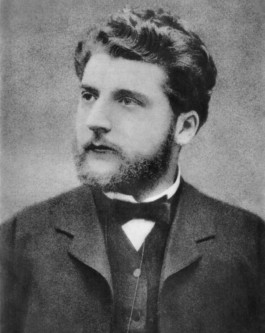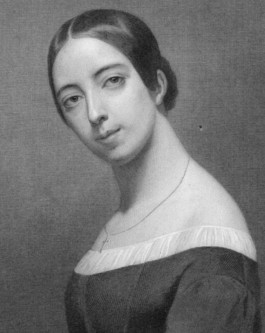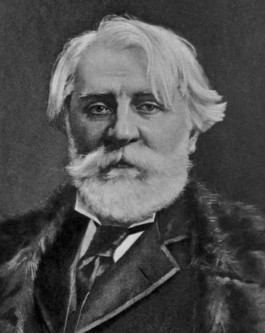


Unique in Europe, the CEM is a meeting place for the arts, humanities, sciences and generations.
Celebrating music as a universal language at the heart of European identity and humanist values.
The Centre Européen de Musique project was born of two observations. On the one hand, beyond its dimensions as entertainment or a simple cultural industry, music embodies three essential dimensions that are still all too often neglected: it constitutes a veritable cultural DNA of Europe, a common heritage to be preserved; its benefits and positive impacts are now scientifically recognised in all areas of society; and it calls for a resolutely transdisciplinary, decompartmentalised and innovative approach. On the other hand, there was an urgent need to work to safeguard, promote and pass on a living musical heritage that links our past, our present and our future. The project took root in Bougival, a major cultural centre in Europe at the end of the 19th century. On discovering the dilapidated state of the Impressionist Hill and the Villa Viardot, Jorge Chaminé imagined creating a meeting place for the arts.
The CEM therefore decided to set up in Bougival, an integral part of Impressionist Hill, in the heart of a landscaped park linking Pauline Viardot's villa, Ivan Tourgueniev's dacha and Georges Bizet's house, three of the most creative minds in 19th-century Europe.



Georges Bizet
Pauline Viardot
Ivan Tourgueniev
Within this vast estate, the project is designed from the outset as a place for training, transmission and interdisciplinary exchanges around music. At the heart of this ambitious project, the CEM will be part of a mixed real-estate development that will offer a university training programme, the creation of a media library dedicated to the preservation of endangered musical heritage, the opening of exhibition spaces, a programme of recitals, concerts, operas, lectures, artist residencies and a series of master classes. It will also have an intergenerational residence and a scientific institute dedicated to research into the links between music and the brain.

Masterclass Teresa Berganza - Jorge Chaminé (june 2014) ©CEM
Supported by the President of the French Republic, and backed by the State, local authorities and European institutions, the CEM is a response to the challenges of the 21st century, and a leader of community living and sustainable development.
Since its launch following a call for expressions of interest (AMI) launched by the town of Bougival, this ambitious real estate project has been the subject of a great deal of work, requiring several years of studies and assembly. Despite the consequences of the COVID crisis and the war in Ukraine, this work continues, adapting as well as possible to the constraints, while being deployed from 2023 in the form of a unique pan-European ecosystem.
As part of this ecosystem, the CEM project in Bougival is continuing on the strength of a motion of support passed unanimously by the Municipal Council on 14 December 2023, which defines the first phase as entrusting the Villa Viardot to the CEM via a public domain occupation agreement.
Unique in Europe, the CEM is a meeting place for the arts, humanities, sciences and generations.
Celebrating music as a universal language at the heart of European identity and humanist values.
The Centre Européen de Musique project was born of two observations. On the one hand, beyond its dimensions as entertainment or a simple cultural industry, music embodies three essential dimensions that are still all too often neglected: it constitutes a veritable cultural DNA of Europe, a common heritage to be preserved; its benefits and positive impacts are now scientifically recognised in all areas of society; and it calls for a resolutely transdisciplinary, decompartmentalised and innovative approach. On the other hand, there was an urgent need to work to safeguard, promote and pass on a living musical heritage that links our past, our present and our future. The project took root in Bougival, a major cultural centre in Europe at the end of the 19th century. On discovering the dilapidated state of the Impressionist Hill and the Villa Viardot, Jorge Chaminé imagined creating a meeting place for the arts.
The CEM therefore decided to set up in Bougival, an integral part of Impressionist Hill, in the heart of a landscaped park linking Pauline Viardot's villa, Ivan Tourgueniev's dacha and Georges Bizet's house, three of the most creative minds in 19th-century Europe.



Georges Bizet
Pauline Viardot
Ivan Tourgueniev
Within this vast estate, the project is designed from the outset as a place for training, transmission and interdisciplinary exchanges around music. At the heart of this ambitious project, the CEM will be part of a mixed real-estate development that will offer a university training programme, the creation of a media library dedicated to the preservation of endangered musical heritage, the opening of exhibition spaces, a programme of recitals, concerts, operas, lectures, artist residencies and a series of master classes. It will also have an intergenerational residence and a scientific institute dedicated to research into the links between music and the brain.

Masterclass Teresa Berganza - Jorge Chaminé (june 2014) ©CEM
Supported by the President of the French Republic, and backed by the State, local authorities and European institutions, the CEM is a response to the challenges of the 21st century, and a leader of community living and sustainable development.
Since its launch following a call for expressions of interest (AMI) launched by the town of Bougival, this ambitious real estate project has been the subject of a great deal of work, requiring several years of studies and assembly. Despite the consequences of the COVID crisis and the war in Ukraine, this work continues, adapting as well as possible to the constraints, while being deployed from 2023 in the form of a unique pan-European ecosystem.
As part of this ecosystem, the CEM project in Bougival is continuing on the strength of a motion of support passed unanimously by the Municipal Council on 14 December 2023, which defines the first phase as entrusting the Villa Viardot to the CEM via a public domain occupation agreement.